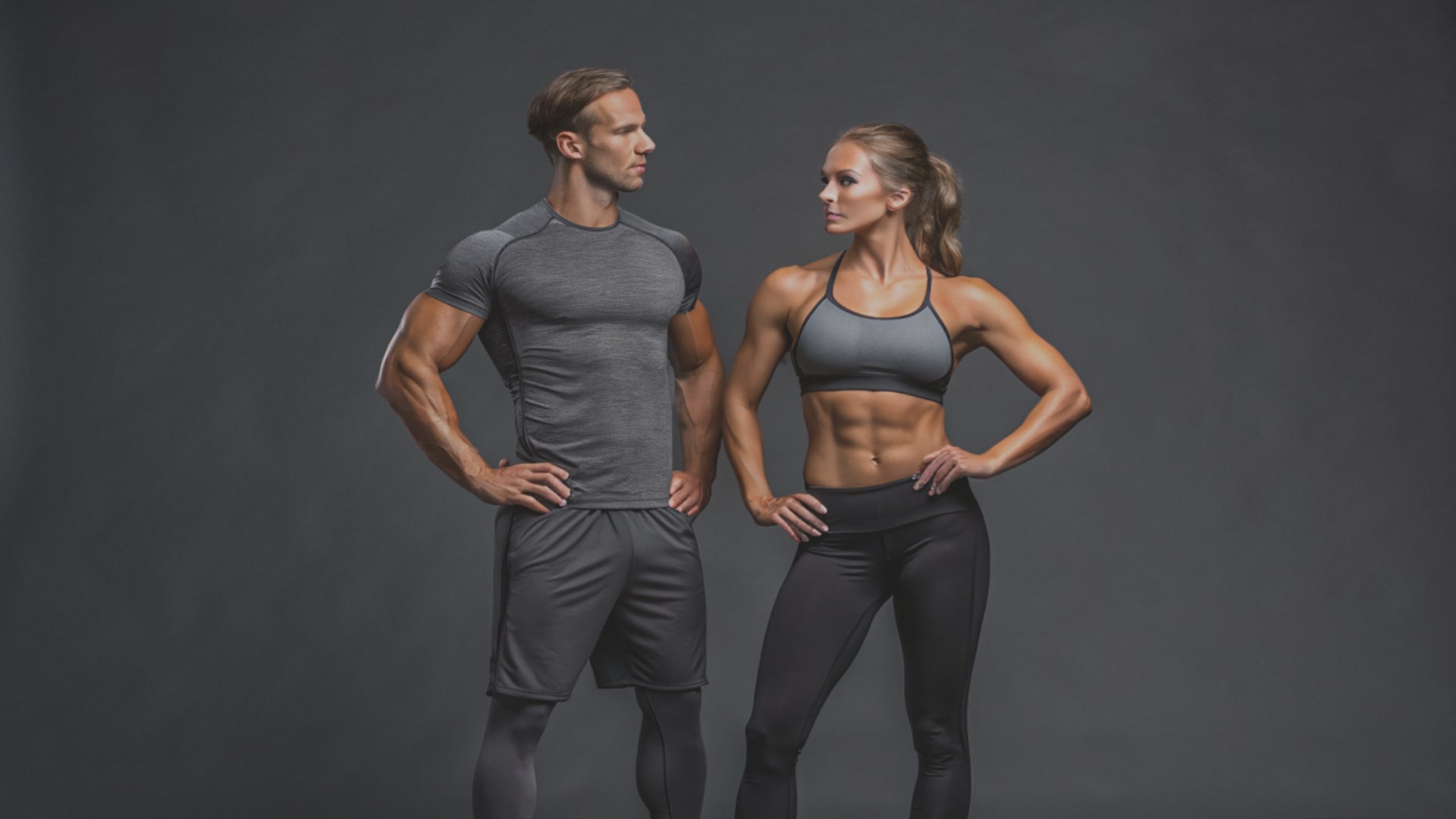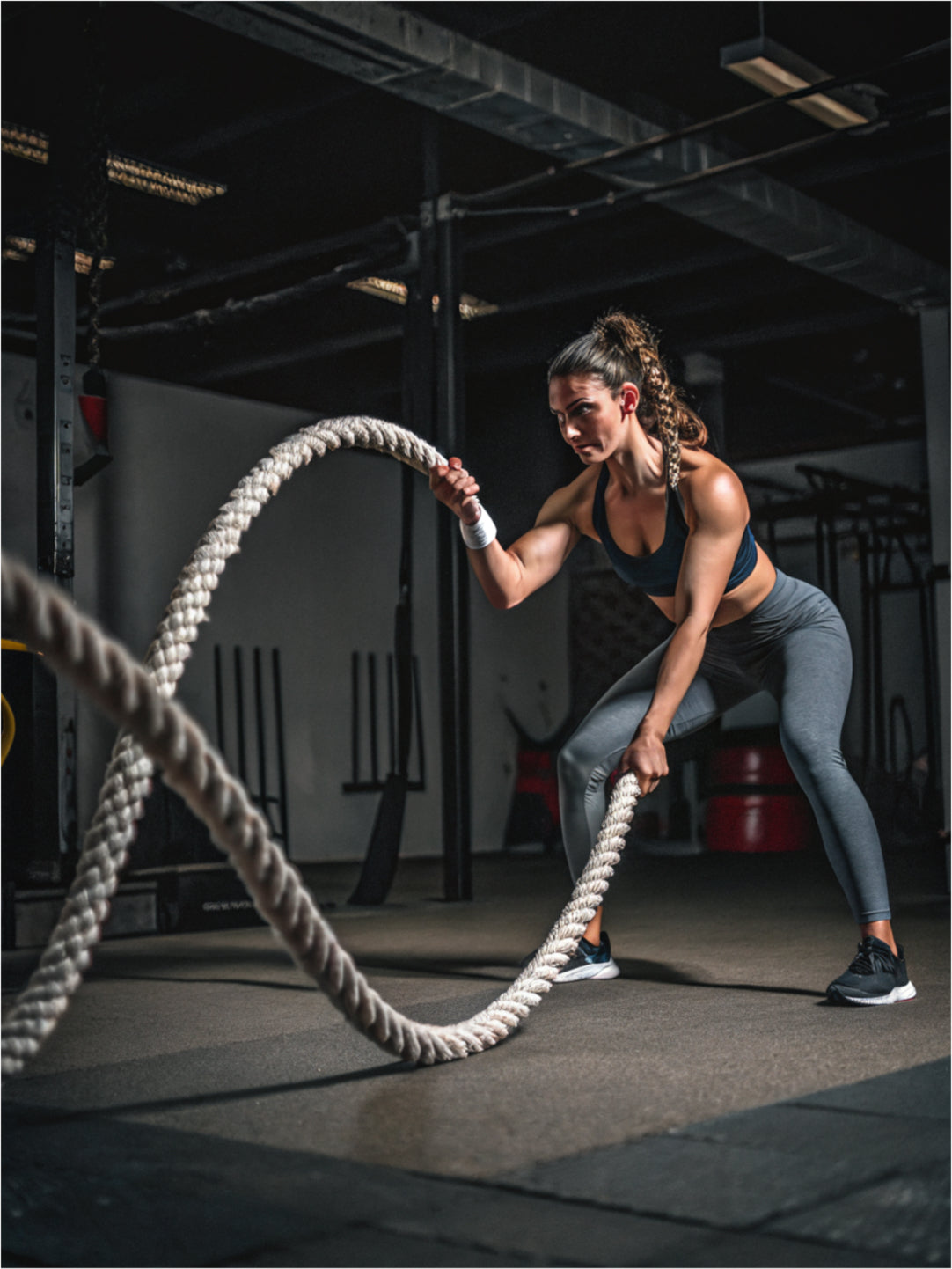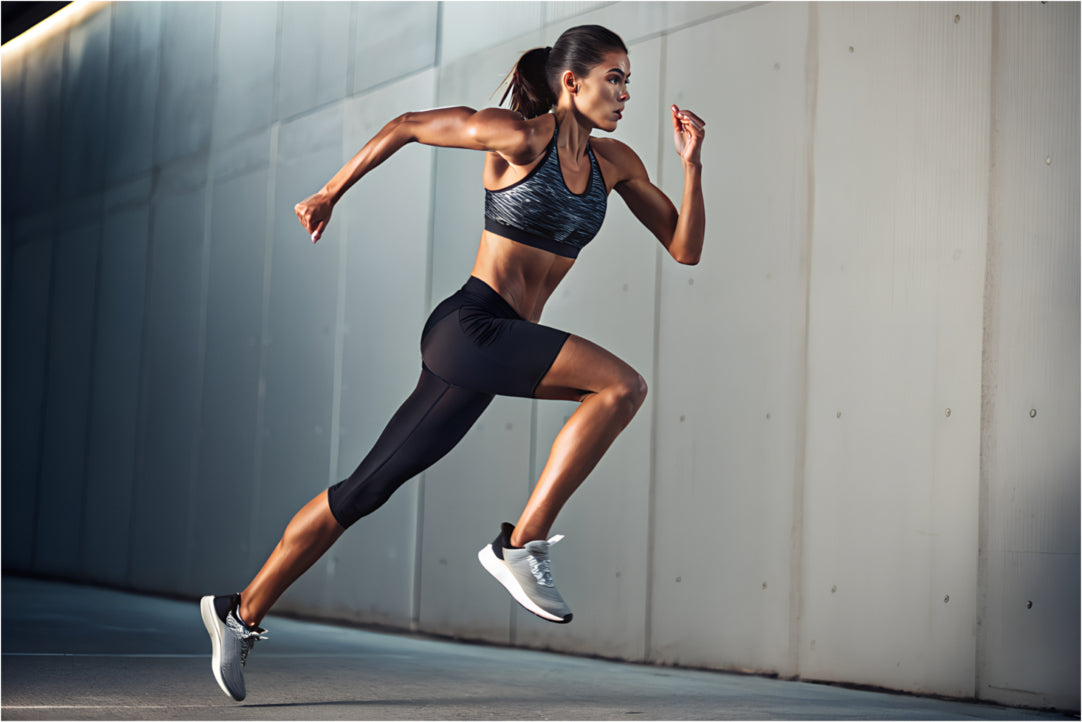
Building Resilience Through Physical Challenges
Building Resilience Through Physical Challenges
Resilience—the capacity to recover from difficulties and adapt in the face of adversity—has become increasingly recognised as a vital life skill. At Gymsavvy, we believe that physical challenges provide a powerful pathway to developing this mental fortitude. Through intentional engagement with physical discomfort and obstacles, we cultivate a resilience that extends far beyond the training environment into every aspect of life.
The Science of Physical Resilience
Research consistently demonstrates the profound connection between physical challenges and psychological resilience. Neurobiologist Dr. Kelly McGonigal explains in her work "The Upside of Stress" that "When we reframe physical discomfort as a catalyst for growth rather than a signal to stop, we develop neural pathways that serve us in all forms of adversity."
This perspective transforms how we approach challenging physical experiences. Muscles grow stronger through the stress of resistance training, cardiovascular capacity expands through the challenge of endurance work, and mental fortitude develops through confronting physical limitations. Each dimension reinforces the others, creating comprehensive resilience.

Strategic Discomfort: The Foundation of Growth
Effective resilience training involves intentional exposure to manageable discomfort. This concept, termed "hormesis" in biology, describes how controlled stress triggers adaptive responses that strengthen systems beyond their previous capabilities. Dr. Martin Seligman, pioneer in positive psychology, notes that "Comfort is the enemy of resilience. It is through confronting and overcoming challenges that we discover our capacity for growth."
Resistance training naturally embodies the resilience-building process. Working to momentary muscular failure teaches persistence through discomfort, progressive overload parallels life's increasing challenges, and recovery requirements teach patience and the cyclical nature of growth. The lessons learned under the barbell—breathing through discomfort, breaking large challenges into manageable repetitions, trusting the process despite momentary strain—directly transfer to life's broader challenges.
Cardiovascular challenges offer unique resilience benefits as well. Distance events require managing discomfort over extended periods, heart rate training builds awareness of appropriate stress levels, and breath control during exertion translates to emotional regulation. The steady persistence required in endurance work cultivates the capacity to maintain perspective and effort through prolonged challenges.
Learning new physical skills presents valuable resilience lessons too. Initial awkwardness teaches comfort with being a beginner, plateaus require problem-solving and varied approaches, and progress occurs in unpredictable bursts rather than linearly. Whether mastering Olympic lifts, yoga poses, or martial arts techniques, skill development mirrors the learning curve required when facing new life challenges.

Structured Approaches to Resilience Building
Developing resilience through physical training benefits from deliberate structure. A progressive exposure approach builds resilience gradually by beginning with challenges that stretch but don't overwhelm your capacity, then incrementally increasing duration, intensity, or complexity while allowing adequate recovery between challenging sessions. This methodical approach prevents both injury and psychological burnout while consistently expanding your comfort zone.
Mindset development plays a crucial role in translating physical challenges into broader resilience. Approaching discomfort with curiosity rather than resistance, viewing setbacks as information rather than failure, and celebrating the process of engagement rather than just outcomes all contribute to resilience development. Sports psychologist Dr. Carla Edwards suggests that "The internal narrative during physical challenges forms the template for how we respond to all of life's difficulties."
Shared physical challenges offer unique resilience benefits through community support. Group accountability provides motivation through difficult phases, witnessing others' perseverance normalises struggle, and collective celebration of achievements reinforces positive associations. Research from the University of Oxford demonstrates that synchronised physical activity particularly enhances pain tolerance and social bonding—both critical components of resilience.

Real-World Resilience Transfer
The ultimate measure of physical resilience training is its transfer to broader life challenges. In professional contexts, workplace challenges become more manageable through experience with recovery, high-pressure situations feel familiar after physical performance contexts, and long-term professional goals become achievable through experience with progressive training.
Physical training enhances emotional regulation as well. Breath control techniques transfer directly to stress management, experience with discomfort reduces anxiety around difficult emotions, and body awareness improves recognition of emotional states before they escalate.
Major life changes draw upon physically-developed adaptation skills. Experience with training plateaus provides perspective during difficult transitions, recovery protocols offer self-care frameworks during stressful periods, and progress tracking methods apply to navigating complex life adjustments.

Implementing Your Resilience Practice
Creating your physical resilience practice involves thoughtful design. Choose activities that align with your values and interests, provide scalable difficulty, and offer both immediate and long-term challenges. Enhance resilience development through proper equipment that removes unnecessary barriers, appropriate nutrition and hydration, and quality recovery practices. Don't forget to embrace your fitness community and celebrate milestones and PBs together!
Extract maximum resilience benefits by journaling about challenges and responses, identifying transferable mental strategies, and celebrating resilience milestones beyond physical achievements.

The Gymsavvy Commitment
At Gymsavvy, we design performance wear that supports your resilience journey. Our garments provide comfort and functionality through variable conditions, allowing you to focus on the challenge rather than equipment concerns. From breathable fabrics that adapt to intensity changes to durable construction that withstands diverse training environments, our designs reflect our belief in resilience as a core value.
Physical challenges, approached mindfully, become laboratories for developing resilience that serves you in every dimension of life. By embracing strategic discomfort in training, you develop the capacity to face life's inevitable challenges with greater strength, adaptability, and confidence. This enhanced resilience represents perhaps the most valuable outcome of a committed physical practice—benefits that extend far beyond physical fitness into every aspect of a well-lived life.

